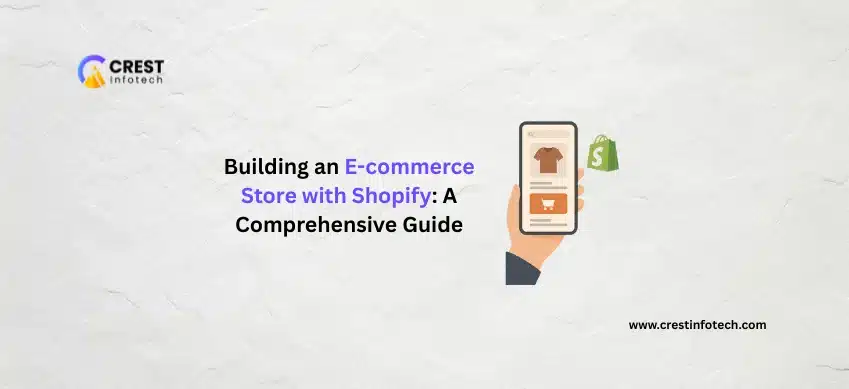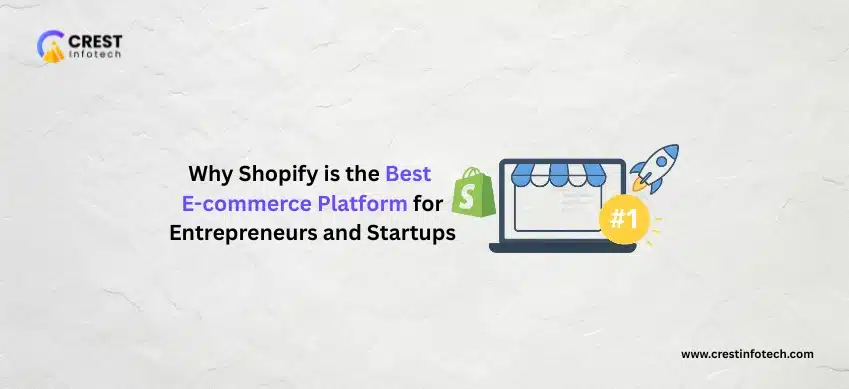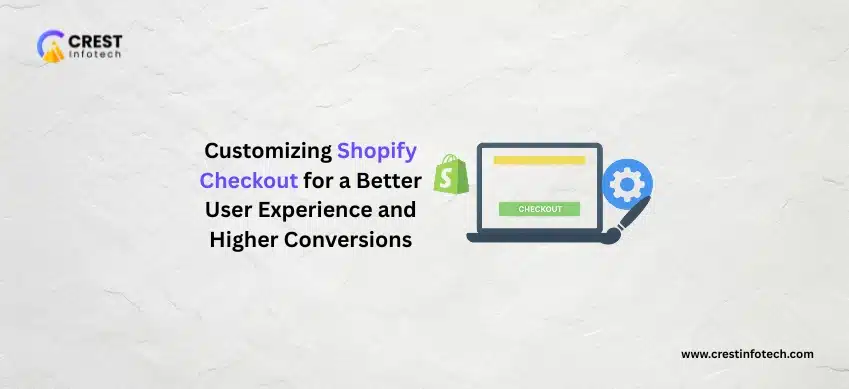Shopify has become one of the most popular platforms for building e-commerce stores — and for good reason. It’s user-friendly, scalable, and comes with powerful features that help entrepreneurs launch and grow online businesses without needing to write a single line of code.
In this guide, we’ll walk you through the complete process of creating your online store using Shopify, from signing up to launching your first product.
1. Sign Up for a Shopify Account
Start by visiting Shopify.com and clicking on the “Start Free Trial” button. You’ll be asked to provide:
- Your email address
- A password
- Your store name (you can change this later)
After setting up your login, you’ll be guided through a brief questionnaire to tailor your store setup.
2. Choose and Customize Your Theme
Shopify offers a wide variety of free and premium themes via the Shopify Theme Store. Choose a theme that aligns with your brand’s aesthetic and product type.
Once you select a theme, customize it using the built-in drag-and-drop editor:
- Upload your logo and brand assets
- Adjust fonts and color palettes
- Customize your homepage layout
- Edit the header, footer, and navigation
Tip: Preview your site on desktop and mobile to ensure it’s responsive and visually consistent.
3. Add Your Products
Adding products is easy with Shopify. Go to the “Products” section in your dashboard and click “Add product.”
Fill in the following fields:
- Product title and description
- Images and videos
- Pricing
- Inventory (SKU, quantity, barcode)
- Shipping details (weight, options)
- Variants (sizes, colors, etc.)
Organize your products using collections (e.g., “New Arrivals” or “Best Sellers”) to improve navigation and filtering.
4. Set Up Your Domain
You can buy a new domain directly from Shopify or connect an existing one. A custom domain (like yourstore.com) builds trust and makes your store look professional.
- Go to “Settings” → “Domains”
- Click “Buy new domain” or “Connect existing domain”
- Follow the setup instructions provided
5. Configure Payment and Checkout Settings
To start accepting payments, navigate to “Settings” → “Payments” and choose a provider. Shopify supports various gateways such as:
- Shopify Payments (recommended)
- PayPal
- Stripe
- Manual payment methods (like cash on delivery or bank transfers)
You can also configure taxes, shipping zones, and checkout options (guest checkout, account creation, etc.) from the “Settings” menu.
6. Set Up Legal Pages
To protect your business and build customer trust, add essential legal pages to your store:
- Privacy Policy
- Terms and Conditions
- Refund Policy
- Shipping Policy
Shopify offers templates for these pages. You can access them via “Settings” → “Policies”. Customize the text to reflect your specific business model and legal requirements.
7. Optimize Your Store for SEO
Shopify allows you to edit metadata, URLs, and alt text for SEO optimization. Improve your visibility on search engines by:
- Writing descriptive page titles and meta descriptions
- Using SEO-friendly URLs
- Adding image alt tags
- Creating a blog to publish regular content
Search engine traffic can become a major source of revenue if optimized correctly from the start.
8. Test Everything Before Launch
Before making your store live, run through this pre-launch checklist:
- Test the checkout process using Shopify’s test mode
- Check site responsiveness on mobile and tablet
- Verify all links and product pages
- Ensure payment gateways and shipping rules are working
Once you’re confident everything is set, remove password protection and launch your store to the world.
Final Thoughts
Shopify makes it easier than ever to launch a professional online store — even without technical experience. By following the steps above, you’ll have a functional, secure, and attractive e-commerce site ready to serve customers globally.
Whether you’re selling physical products, digital goods, or services, Shopify provides the tools and flexibility to help you scale efficiently.
If you’re ready to start, take advantage of Shopify’s free trial and begin building your e-commerce brand today.



